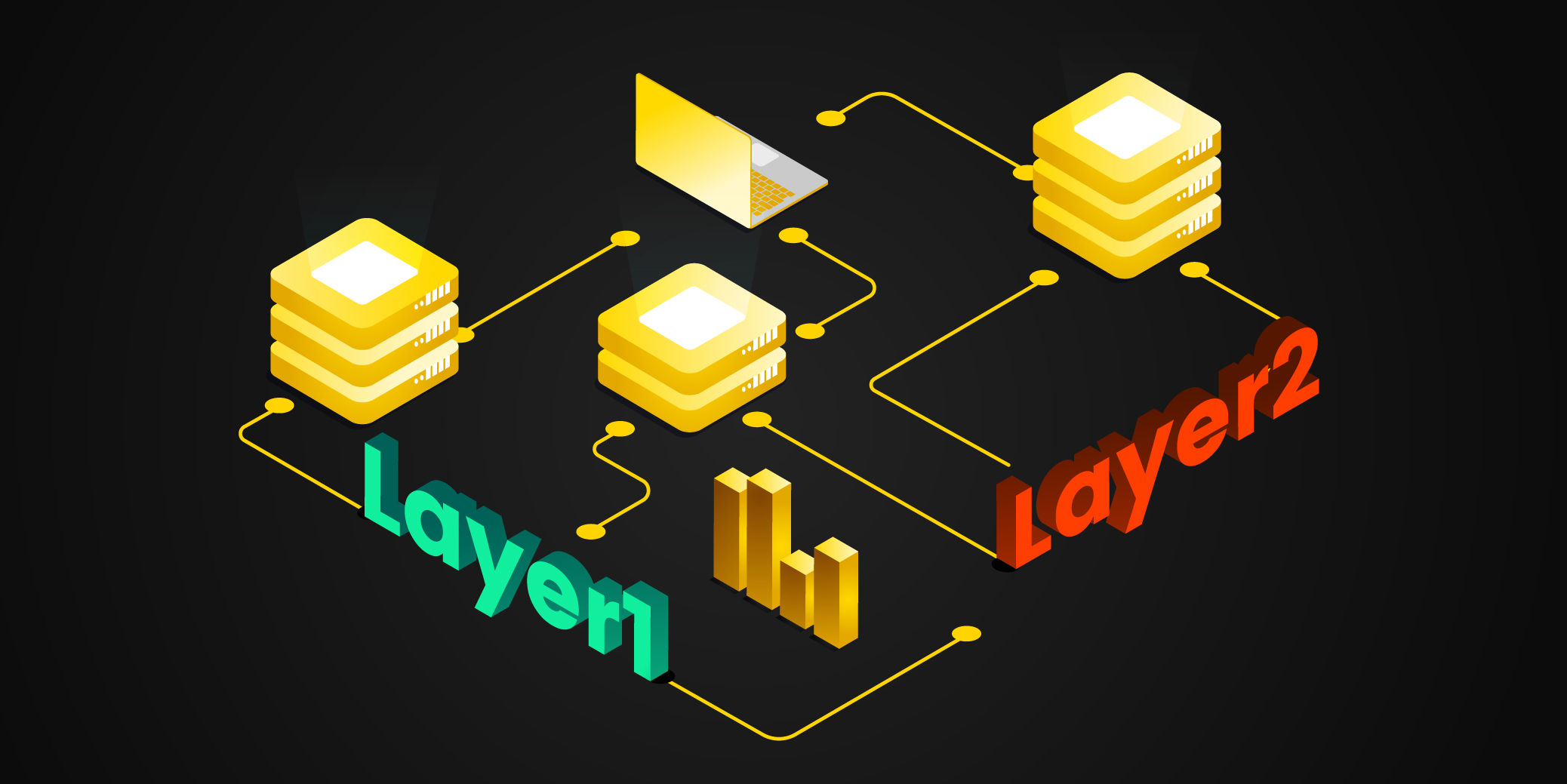
As blockchain technology continues to evolve, Layer1 and Layer2 have become hot topics of discussion. These terms might be unfamiliar to newcomers in the blockchain space, but understanding their differences can lead to a better grasp of how blockchain operates. This article aims to delve into Layer1 and Layer2 in an accessible manner and explore their roles within the blockchain ecosystem.
Layer1: The Foundation of Blockchain
Layer1 serves as the foundational layer of the blockchain, constituting the core protocols and primary functionalities of the entire blockchain network. Notable examples of Layer1 blockchain projects include Bitcoin and Ethereum.
1. Consensus Mechanism: Blockchain networks on Layer1 employ consensus mechanisms to ensure agreement on transactions. Bitcoin uses Proof of Work (PoW), while Ethereum is transitioning towards Proof of Stake (PoS).
2. Security: As the bedrock of the network, security on Layer1 is paramount. Decentralization and immutability are characteristics achieved at the Layer1 level.
3. Smart Contracts: Ethereum, a Layer1 blockchain, supports smart contracts, enabling developers to execute automated agreements on the blockchain, facilitating more complex functionalities.
However, Layer1 also faces challenges such as scalability and transaction speed limitations, paving the way for the emergence of Layer2 solutions.
Layer2: Addressing Layer1's Bottlenecks
Layer2 represents a secondary layer built atop Layer1 protocols, aimed at resolving scalability issues, enhancing transaction speed, and reducing transaction costs. Its emergence addresses the scalability bottlenecks observed in Layer1 when handling a high volume of transactions.
1. Scalability: By moving some transactions off-chain for processing, Layer2 alleviates the burden on Layer1, enhancing the overall system's scalability. This allows more transactions to be processed without compromising Layer1's performance.
2. Transaction Speed: Transactions processed on Layer2 do not need to wait for inclusion in Layer1 blocks, resulting in significantly improved transaction speeds. This competitive edge is crucial for blockchain networks dealing with a high volume of transactions.
3. Cost-Effectiveness: Implementations on Layer2 often substantially reduce transaction fees, benefitting both users and developers. This makes microtransactions more practical and fosters the widespread adoption of blockchain technology.
However, it's essential to note that Layer2 doesn't entirely replace Layer1 but rather optimizes its functionalities. While Layer1 remains responsible for network security and basic consensus rules, Layer2 focuses on performance improvements and cost reductions.
In the blockchain realm, Layer1 and Layer2 play crucial roles. Layer1, as the foundation, offers core decentralization and security features, while Layer2, built upon it, tackles scalability and transaction speed issues, making blockchain more practical.
For newcomers, understanding the differences between Layer1 and Layer2 aids in comprehending the mechanics of blockchain and making informed decisions when engaging or investing in blockchain technology. Continuous innovation and development in blockchain promise a future full of possibilities, where the synergy between Layer1 and Layer2 will continue to be pivotal in shaping this landscape.
